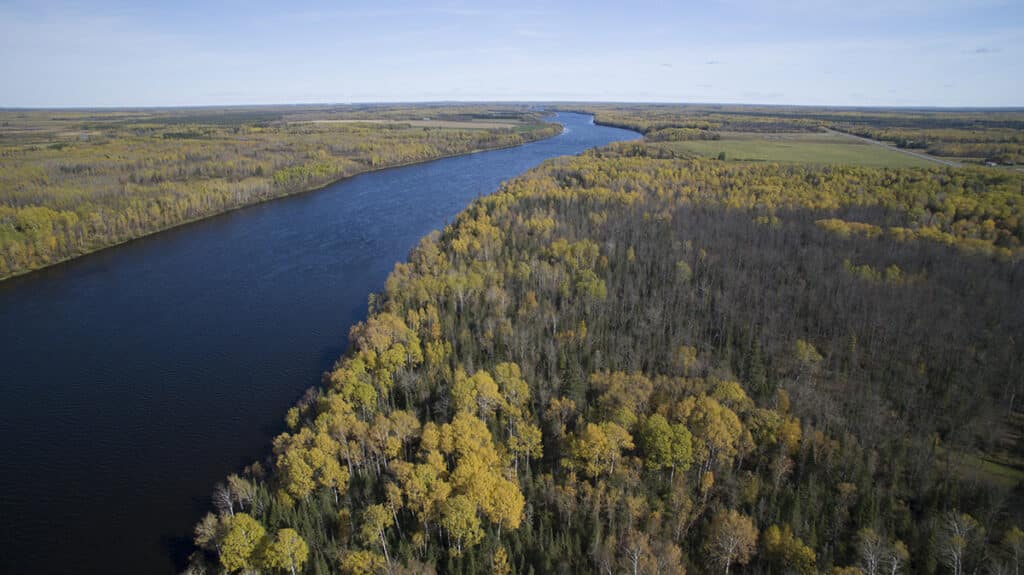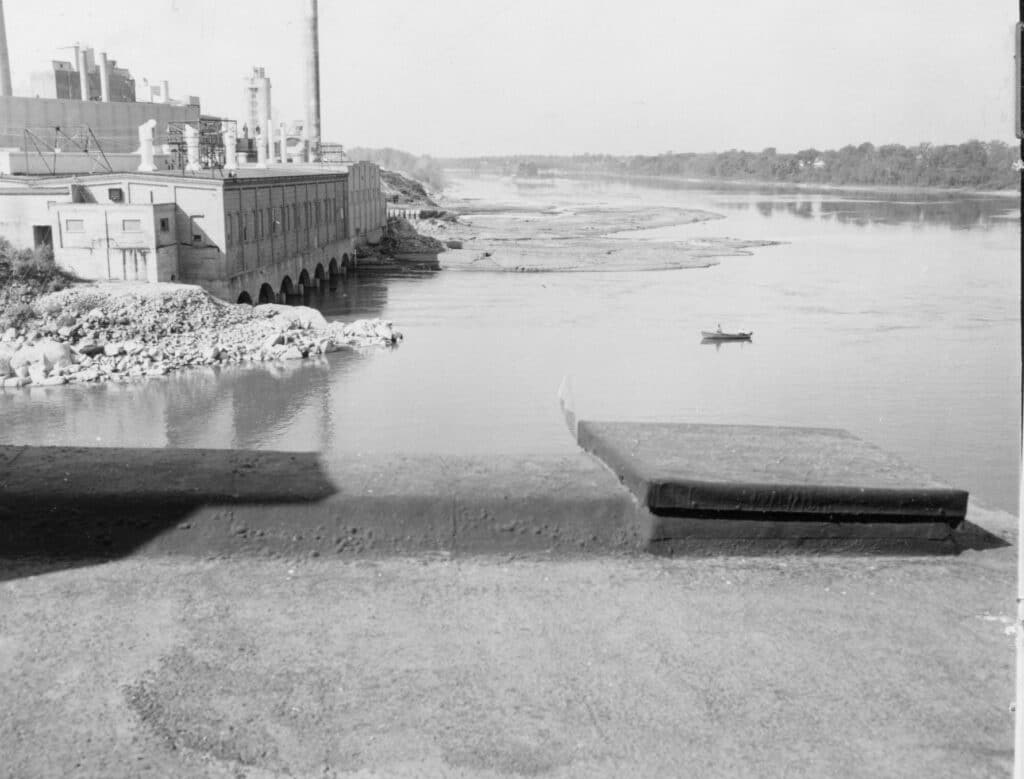
The Rainy River on Minnesota’s northern border has been brought back from the brink after a more than 50-year effort to clean it up. Once badly polluted by waste from paper mills and sewage from cities along the river, the waterway is now healthy and thriving again, according to the state of Minnesota.
The river flows from Rainy Lake to Lake of the Woods, ultimately draining more than 20,000 square miles. That watershed includes Voyageurs National Park, almost all of the the Boundary Waters Canoe Area Wilderness, and Quetico Provincial Park. It also includes the location of the proposed Twin Metals copper-nickel mine, and other mineral deposits targeted by miners.
“In 1952, state researchers had to dig through three feet of wood waste to find the river’s water,” the Minnesota Pollution Control Agency says. “In addition, raw sewage from cities and towns once flowed into the river. The industrial and municipal discharges fouled the water with sediment that made it cloudy, toxins that harmed river life and recreation, and caused low oxygen levels that harmed fish and other creatures.”
Now, the MPCA has declared that the river has made a “remarkable” recovery, thanks to international partnerships and strong regulations.
The agency points to two pieces of legislation almost 50 years ago that helped turn around the river’s health: Canada’s 1971 Environmental Protection Act and the United States’ 1972 Clean Water Act.

The huge protected areas across the watershed are also strengths, the report says. Thanks to the millions of acres of nearly pristine wilderness and other protected lands, much of the region is off-limits to development that could harm the river.
The United States and Canada have also worked together to improve the international river through the International Joint Commission’s International Rainy-Lake of the Woods Watershed Board. This binational organization is part of the two country’s efforts to uphold the 1909 Boundary Waters Treaty.
The river now meets water quality standards, and is a world-class fishery for lake sturgeon and walleye, attracting thousands of anglers each year.
“The Rainy River is a vital economic and cultural bond between the United States and Canada,” said MPCA commissioner Laura Bishop. “With all partners working together — including federal, state, and local governments, Tribal Nations, industry, and environmental advocates — we have moved the river from near total destruction to one of the most treasured fishing spots in North America that is also integral to the health of economies on both sides of the border.”
The agency says the priority now should be protecting its excellent water quality, and the web of life that depends on it. The report points to the possibility of increased agriculture in Canada, or mining in the United States, as two key threats facing the river.
“Any major changes in the land draining to the river, such as incentives to expand cropland on the Canadian side and proposals for mining on the U.S. side, will need careful consideration on how to protect the river from any negative impacts,” the report states.
More information:
- Report: Rainy River makes remarkable recovery, thanks to regulations and partnerships – MPCA
- The Rainy River: A recovering river now in need of protection – MPCA
- New report documents once-polluted Rainy River’s recovery – MPR News


